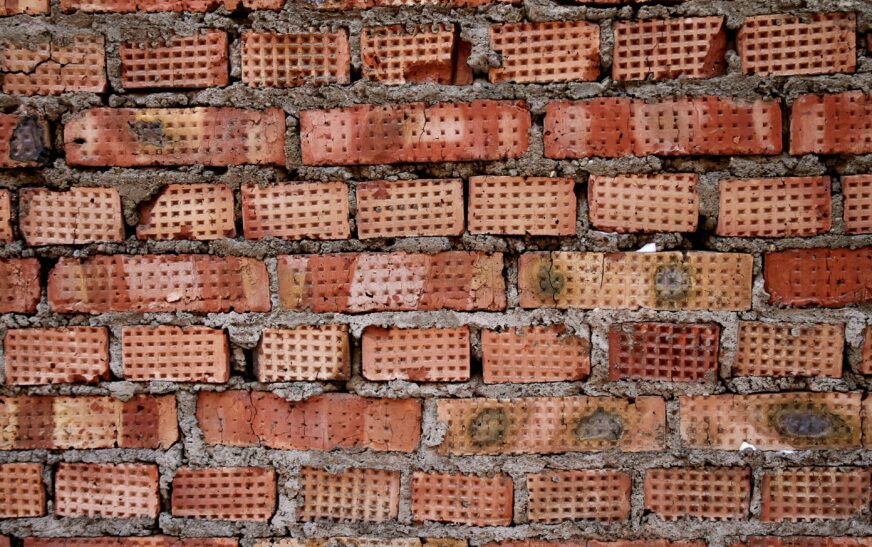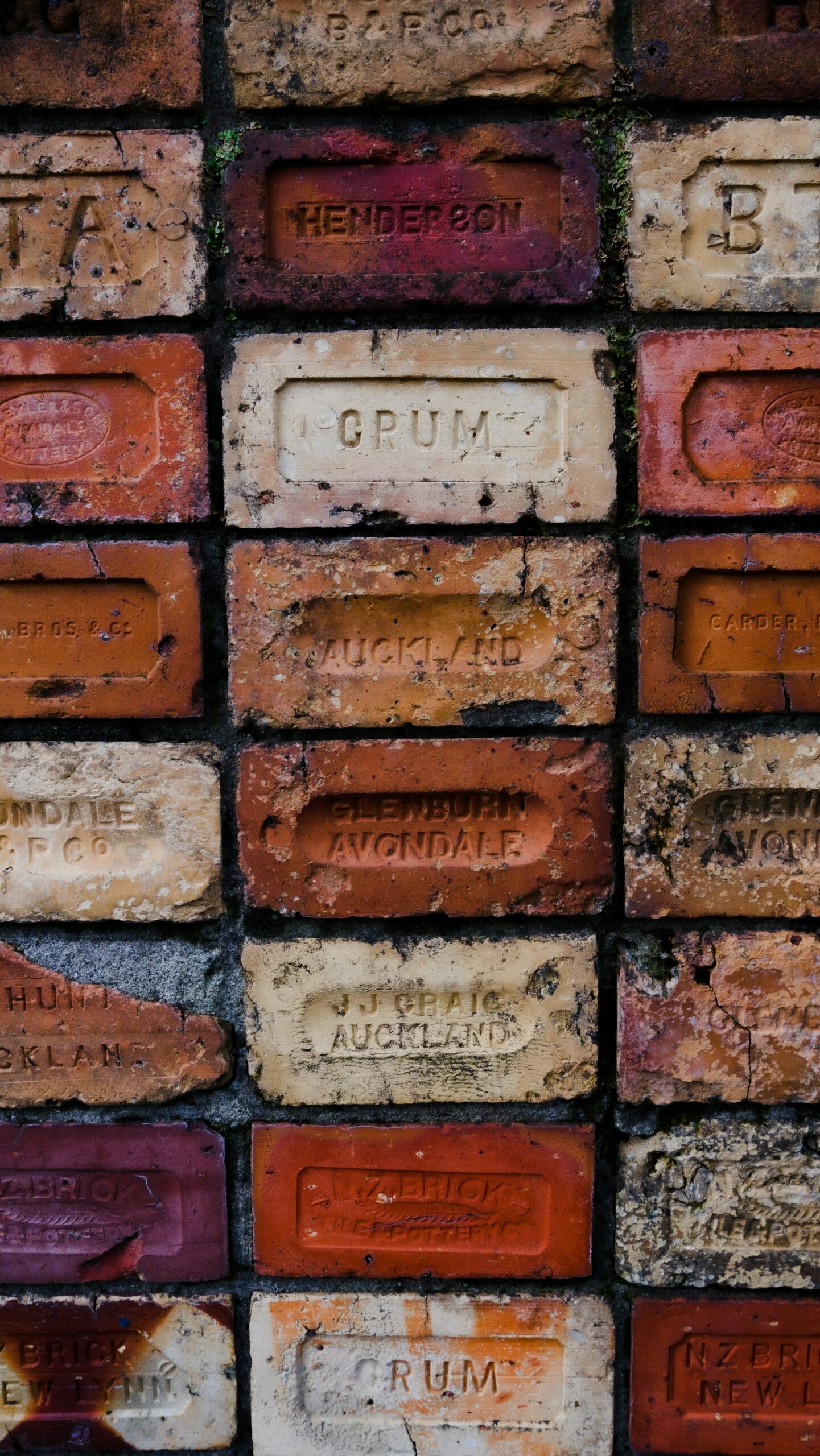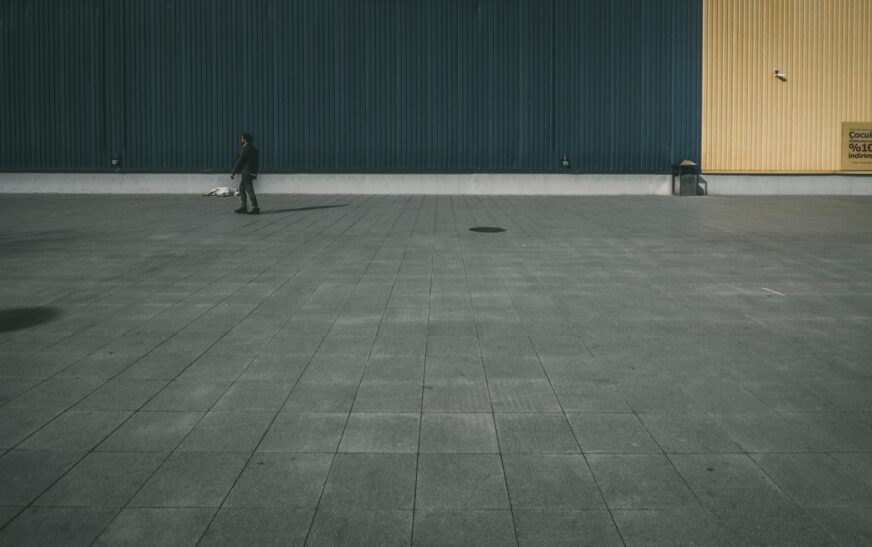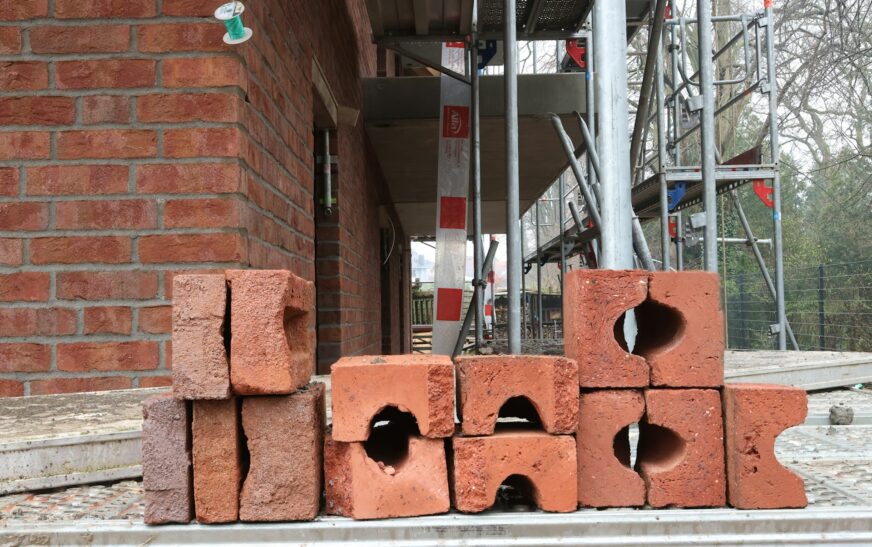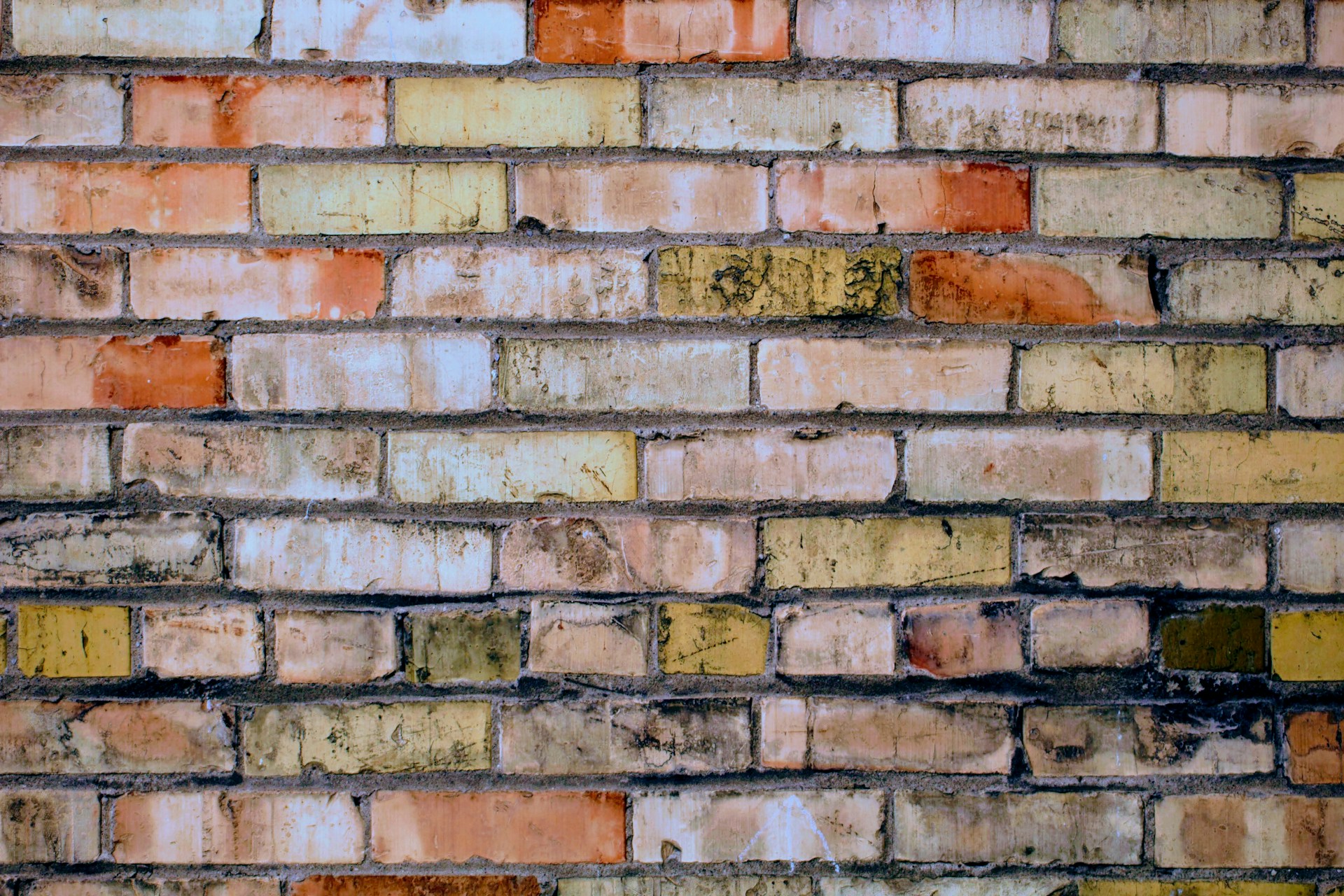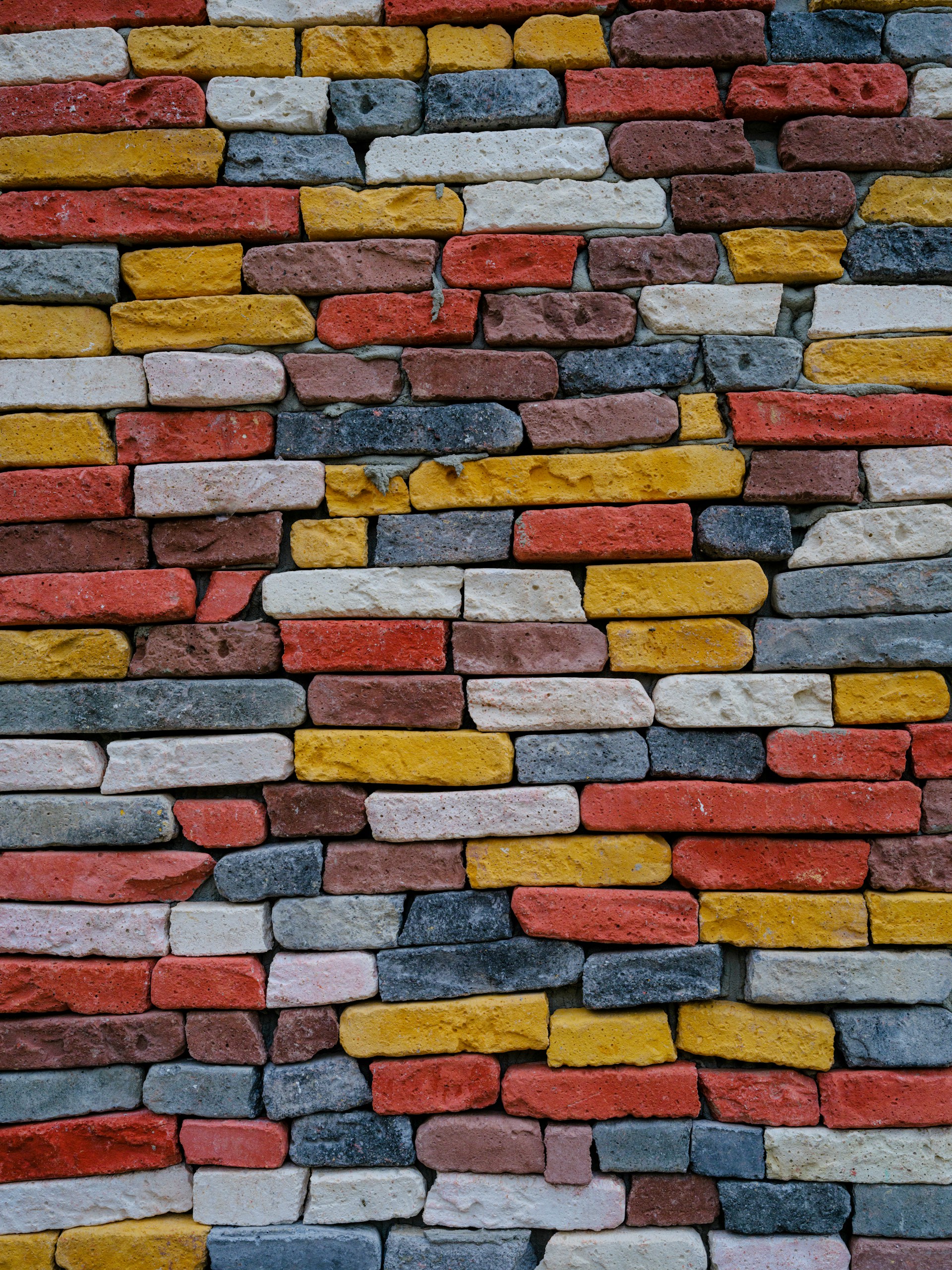Bricks Builder is quickly becoming a go-to WordPress builder thanks to its speed, flexibility, and native query control. Among its many goodies, one feature stands out for both developers and content creators: dynamically displaying related posts. When done right, related posts keep visitors engaged longer, lower bounce rates, and increase page views—basically, they make your website happier and smarter.
How to Create Related Posts Queries in Bricks Builder
So, how do you whip up a related posts query in Bricks Builder? It might sound intimidating, but once you understand how queries, conditions, and dynamic data work together, it’s easier than you think. Let’s break it down step by step, from basic query loops to advanced filtering tricks.
Why Show Related Posts?
Before we geek out over queries, let’s talk “why.” Related posts aren’t just a fancy sidebar feature—they’re a user experience superhero. When a reader finishes one post, showing them something related keeps them exploring your site instead of wandering off into the internet wilderness.
From an SEO standpoint, related posts are also a win. Internal links help search engines understand your site’s structure, improving your content’s discoverability. In short, related posts make both humans and Google happy.
Meet Query Loops
In Bricks Builder, the Query Loop is your magic wand. Think of it as a repeating block that fetches content dynamically—so you don’t have to add posts manually one by one. For related posts, the loop pulls content that matches the current post’s category, tags, or custom taxonomy, making your suggestions relevant instead of random.
Step-by-Step: Creating a Related Posts Query
Step 1: Insert a Query Loop
Start by adding a container or block where you want your related posts to show. Enable the Query Loop option, and suddenly your container becomes a dynamic, post-pulling powerhouse.
Step 2: Define Query Parameters
Decide what posts should appear in your loop:
- By Category: Show posts in the same category.
- By Tags: Display posts sharing similar tags.
- By Custom Taxonomy: Match posts in the same custom term.
Set these under the Query settings by selecting post type, taxonomy, and relationship conditions.
Step 3: Exclude the Current Post
No one wants to see the same post they’re already reading. Use the Post Exclude option to filter out the current post ID.
Step 4: Set the Number of Posts
Most sites show 3–4 related posts—enough to engage, not overwhelm. Adjust this in the Posts Per Page setting.
Step 5: Style the Output
Now for the fun part: make it look good. Pull in dynamic elements like:
- Post Title
- Featured Image
- Excerpt
- Read More Button
Lay them out in a grid, carousel, or whatever fits your style.
Advanced Filtering Options
Bricks Builder doesn’t stop at basics—you can get fancy with filters:
- Multiple Taxonomies: Match posts that share categories and tags.
- Order by Popularity or Date: Show newest or most viewed content.
- Custom Fields: Use Advanced Custom Fields (ACF) to create unique relationships.
This is where Bricks really outshines rigid page builders.
Common Mistakes to Avoid
Even Bricks Builder can’t save you from design missteps:
- Too Broad of a Query: Random posts confuse readers.
- Too Few Filters: You might not pull enough relevant posts.
- Overloading the Layout: Don’t swamp readers with too many options.
- Ignoring Design Consistency: Make related posts look like part of your site, not an afterthought.
Read More : How to Clean Brick Floors: A Complete Guide
Why Bricks Builder Is the Best Choice
Many WordPress themes and plugins offer related post features, but they’re often limited. Bricks Builder gives you full control:
- What posts appear
- How they’re styled
- How queries are filtered
Basically, it’s your related posts command center.

